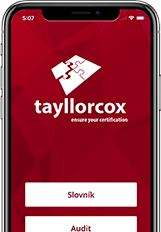Who is it for?
AgileSHIFT is intended for organizations that are in need of a transformational change (approach, internal culture, behavior) and are interested in "rebuilding" the traditional approach to a dynamic agile approach.
This cannot be approached in isolation. One well-functioning but isolated team is no guarantee of a successful transformation.
Transformation needs to be approached comprehensively and it is necessary to involve the entire organization. It is not enough to transform IT, business, marketing, HR, etc. in isolation. An effective "agile shift" (AgileSHIFT) requires will and mutual cooperation within the entire organization.
The AgileSHIFT framework is designed for any organization and can be successfully used throughout the organization regardless of department or role. This framework is intended for those who are looking for guidance for a business-oriented change that is aimed at increasing the competitiveness of the organization.

Agile transformation
Many organizations have a tendency to make transformational change in the traditional so-called "waterfall" way. For example, as a pre-planned project or program.
However, this approach is not suitable for a dynamically changing environment and it is necessary to apply an agile approach based on concepts such as agile manifest, PRINCE2 Agile, Scrum, Kanban, etc.
In addition to the agile approach, it is necessary to set the relationship to the standard operation of the organization ("run the business") so as not to jeopardize existing functions and services. Each company has an individual absorption capacity and pace of change: AgileSHIFT report | Axelos (TAYLLORCOX)
Typical obstacles to transformation towards agility:
- lack of interest in change
- stable long-term culture
- old processes, tools, and procedures
- excessive focus on short-term goals

AgileSHIFT principles
AgileSHIFT principles of agile transformation
AgileSHIFT brings about 5 fundamental principles of organizational change:
- The change will come if we are prepared for it
- We will not settle for the current state
- We adjust our approach accordingly
- We co-create added value for our customers
- We create an environment where everyone can participate in increasing the added value
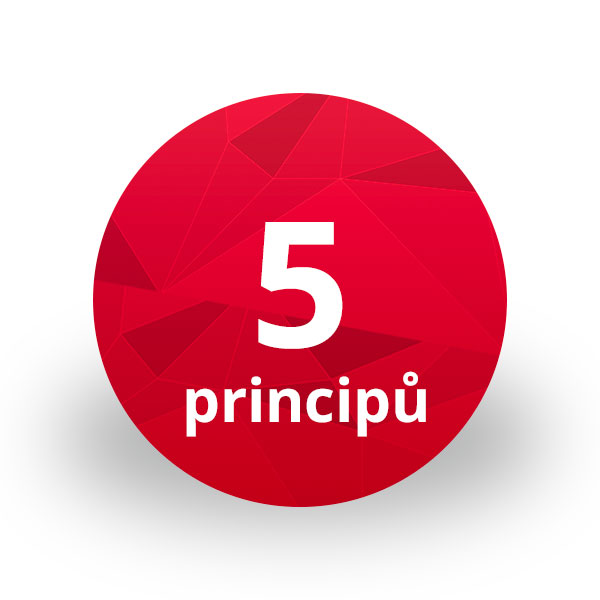
AgileSHIFT practice
For an effective execution of transformational change AgileSHIFT defines 5 practices which should be part of the change:
- Collaborative teams
- Flexible planning
- Measuring the added value
- Gradual changes
- Involvement in stakeholder change
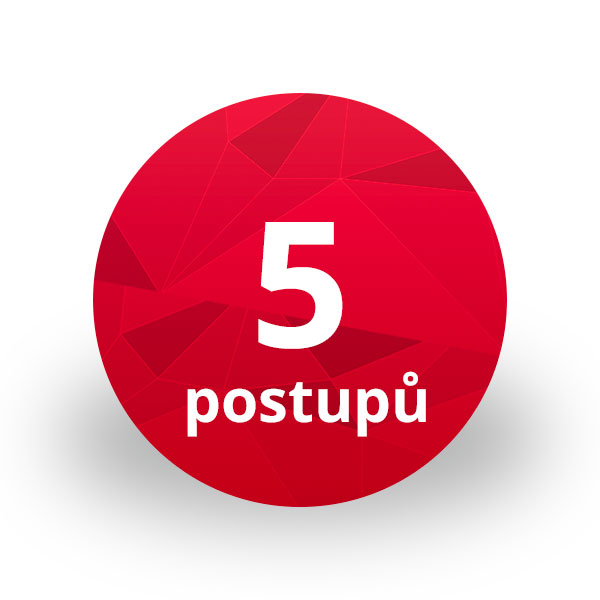
The key to success is to create the right teams, ideally with a flat structure without too much hierarchical structure. These teams should be so-called "cross-functional", ideally with an overlap of expertise and knowledge. Team spirit should also be preferred. an atmosphere of trust, autonomy and mutual cooperation.
Agile transformation is about an agile approach to planning. A rigid, cumbersome "waterfall" approach is not appropriate. Change needs to be approached flexibly, and the whole transformational change is a step into the unknown. It is not possible to accurately estimate risks and open points in advance. Flexible planning means openness to changes in priorities and changes.
Measuring added value is a key verification of whether there is a positive effect of agile transformation. Each organization should define what is the added value of transformational change and how to measure this value.
AgileSHIFT brings gradual, incremental changes, which allow you to deliver noticeable changes in the first stages, which will bring added value. Gradual delivery also speeds up feedback, which provides an opportunity to better define priorities and also to positively influence stakeholders.
In the case of a transformational change, it is crucial to correctly identify the key stakeholders who will be affected by the change or who may positively or negatively affect the transformational change. This area is not only about identifying stakeholders, but also about preparing an effective communication strategy aimed at effective communication.
AgileSHIFT role
AgileSHIFT defines a simple structure and set roles of responsibility
- AgileSHIFT team.
- AgileSHIFT coach.
- AgileSHIFT sponsor.
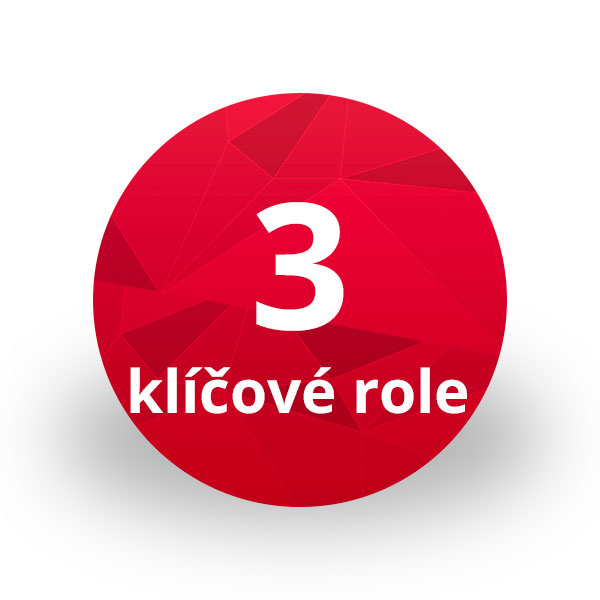
AgileSHIFT recommends the maximum number of people in teams dedicated to agile change and also addresses the conditions under which the team should function effectively:
- clear goals
- clear roles
- clear processes
- positive mutual relationships
- functioning relationships among teams
AgileSHIFT coach is a kind of mentor or coach supervising and helping the team and sponsor to follow the transformational change according to the principles and procedures.
The AgileSHIFT sponsor is the "boss" of transformational change and influences the priorities of what will be the subject of transformational change.
Processes
AgileSHIFT processes are the answer to the dynamic conditions in various areas
New technology, outsourcing, home office, online marketing, etc., create an environment where „traditional“ organisations are put at risk.
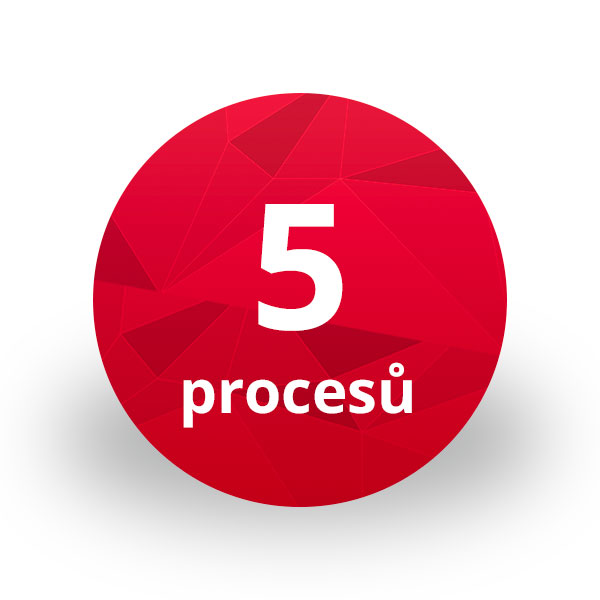
AgileSHIFT Start-up is the first activity within the AgileSHIFT transformation change, which is used for:
- vision formulation
- roadmap changes
- roles and responsibilities
- definition of intent (business case)
- understanding the need for transformational change
- identification of key stakeholders
This step takes place on the first day of the planned iteration and aims to answer the following
- what will be delivered
- how it will be delivered
AgileSHIFT daily stand-ups are a daily short event that helps the team understand the progress of work (what has been delivered and what will be delivered) and it is also an opportunity to communicate potential new risks or open points that need to be addressed.
The AgileSHIFT demo takes place on the last day of the iteration and the aim of this activity is to show the AgileSHIFT sponsor and key stakeholders the results of the iteration.
The AgileSHIFT retrospective also takes place on the last day of the iteration, and the goal of this activity is to improve the management of agile transformation, such as team functioning and communication.
Benefits of AgileSHIFT
Agile Transformation
AgileSHIFT is the latest solution for transforming organizations into an agile approach. And not only in the field of IT and projects. The methodology enables a change in the environment and culture within the entire organization, with the aim to respond more effectively to customer requirements. Whether it's sales, marketing, HR or other departments.
Guide and Training
AgileSHIFT provides a practical guide to coaching and training (including the possibility of certification) for all stakeholders. You will acquire effective management skills with a best-practices approach, including the necessary knowledge of procedures, roles and principles.
Designed for any environment
AgileSHIFT is a simple and customizable framework that can be applied in any environment. Successful transformation cannot be ensured in one department or in one area (e.g., project management). A successful transformation requires a comprehensive view of the organization.
Structured tool and methodology
The AgileSHIFT framework is a useful and structured tool for leaders of organizational change who want to prepare organizations for survival in dynamic markets full of unexpected changes.

